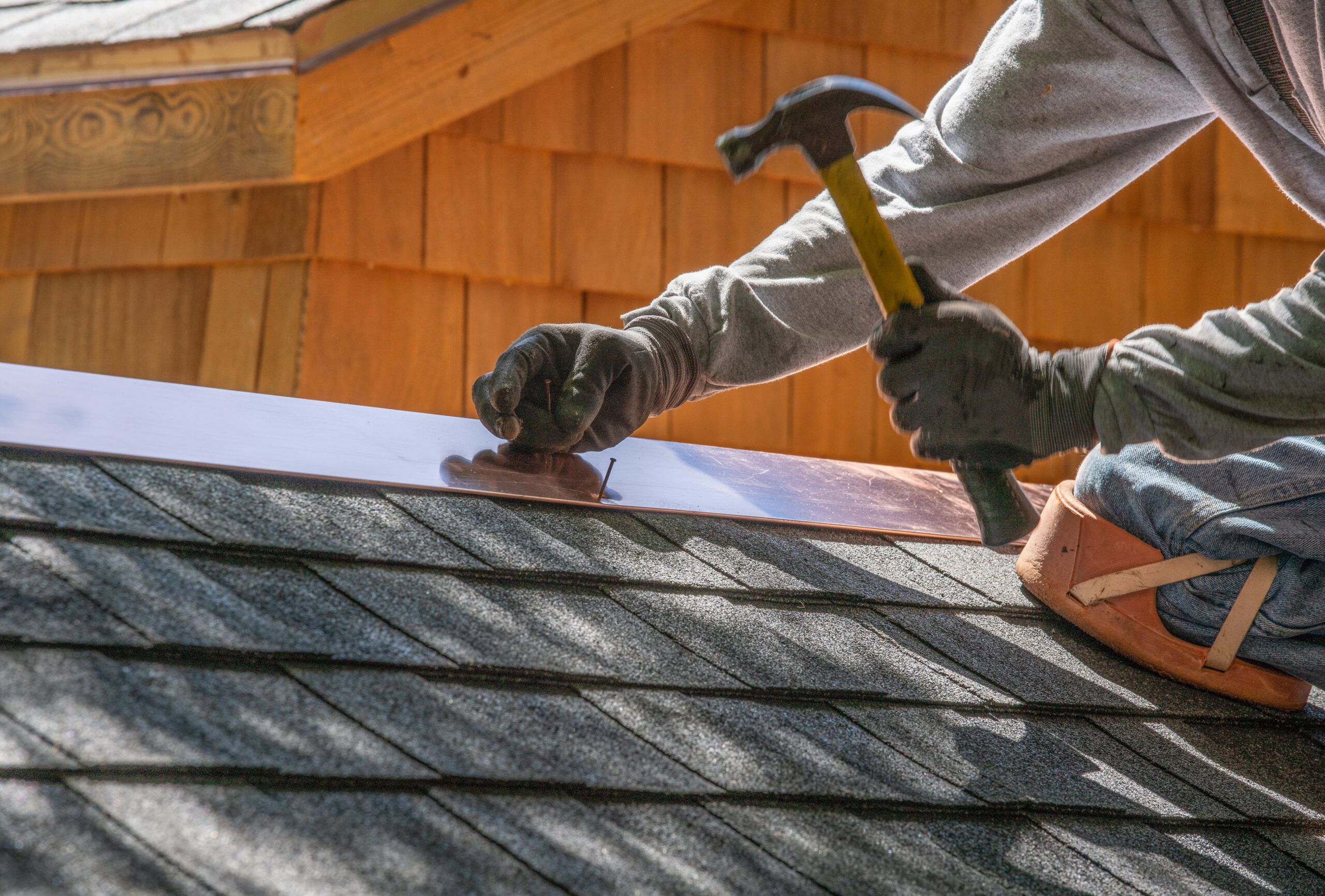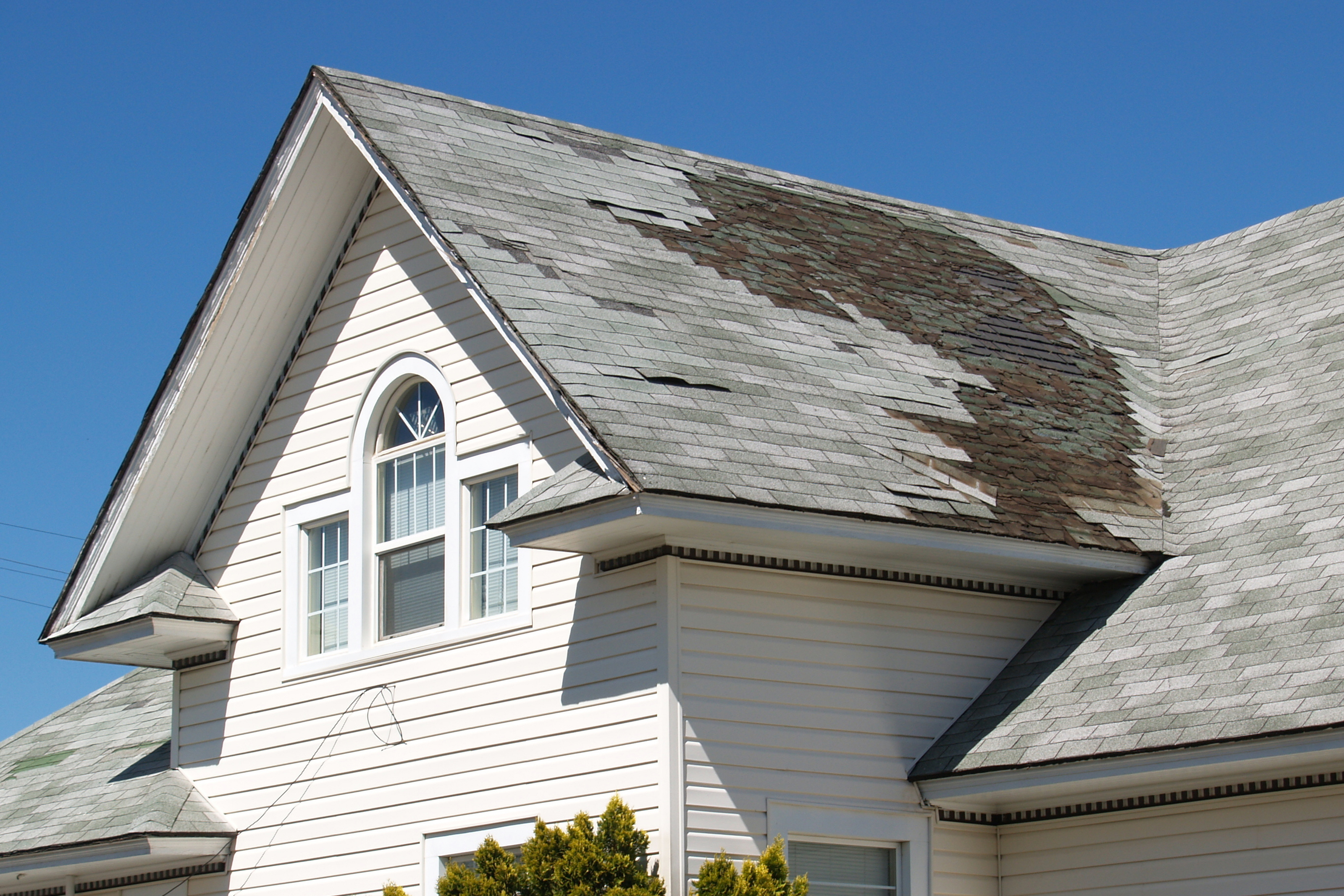Oahu Roofing: Trustworthy Roofing Solutions for Homes and Businesses
Oahu Roofing: Trustworthy Roofing Solutions for Homes and Businesses
Blog Article
Comprehending the Different Types of Roofings: A Comprehensive Guide for Homeowners
With an array of choices-- ranging from the typical gable to the contemporary flat-- each kind provides unique benefits and difficulties that should align with the homeowner's environmental considerations and particular demands. As we check out the complexities of numerous roofing kinds, it becomes noticeable that one size does not fit all; the ideal choice might stun you.
Saddleback Roof
Gable roofs, identified by their triangular shape, are among one of the most prominent roof covering designs because of their simpleness and performance in shedding water and snow. This layout includes two sloping sides that satisfy at a ridge, enabling for reliable drain and reducing the threat of water accumulation. The steep pitch frequently related to gable roofs enhances their ability to take care of heavy precipitation, making them suitable for numerous climates.
In addition to their functional benefits, saddleback roofs supply visual convenience. They can be adjusted to various building designs, from typical to contemporary homes. The layout can also accommodate extra functions such as dormer home windows, which enhance natural light and ventilation in the attic room room.
Additionally, gable roofing systems provide adequate room for insulation, adding to energy efficiency. Homeowners can pick from a selection of roof covering products, consisting of asphalt tiles, metal, and floor tiles, additionally improving customization options.
In spite of their advantages, gable roof coverings might require additional assistance in areas vulnerable to high winds or heavy snowfall. Generally, the saddleback roof continues to be a popular choice as a result of its blend of capability, sturdiness, and visual charm.
Flat Roofs
Flat roof coverings are frequently acknowledged for their minimalist design and useful applications, especially in industrial and business settings (oahu roofing). These roofs include a horizontal or almost horizontal surface area, which permits simple building and flexible area utilization. While they may lack the aesthetic appeal of pitched roofings, flat roofs supply various advantages, especially in urban environments where taking full advantage of area is crucial
Among the main benefits of flat roofing systems is their accessibility. Home owners can utilize the roofing system space for various objectives, such as roof yards, terraces, or photovoltaic panel installations. Furthermore, flat roofs are usually a lot more affordable to maintain and install compared to their sloped counterparts, as they require fewer materials and labor.
Typical materials used for flat roofings include built-up roof (BUR), modified asphalt, and single-ply membrane layers, each offering unique benefits. Overall, flat roofs serve as a functional and versatile selection for several homeowners and businesses alike.
Hip Roofs
Hip roofing systems are characterized by their sloped sides that converge on top, developing a ridge. This style stands out from gable roofing systems, as all four sides of a hip roofing slope downwards toward the wall surfaces, giving an extra steady framework. The angle of the slopes can vary, permitting convenience in building aesthetic appeals and functionality.
Among the main advantages of hip roof coverings is their capacity to endure hefty winds and adverse climate conditions. The sloped surface areas make it possible for much better water drainage, lowering the danger of leaks and water damage. In addition, hip roof coverings provide increased attic room room, which can be used for storage or perhaps converted into livable areas.
Nonetheless, creating a hip roofing system can be more intricate and pricey than simpler roof covering kinds, such as saddleback roofs. The added material and labor associated with creating the this inclines and guaranteeing proper structural stability can lead to higher expenses. Regardless of these downsides, many homeowners prefer hip roofs for their durability, aesthetic appeal, and possibility for power efficiency.
Mansard Roofings
Mansard roofings, usually acknowledged by their special four-sided style, attribute two inclines on each side, with the lower slope being steeper than the upper. This architectural style, originating from France in the 17th century, is not only visually enticing however useful, as it optimizes the useful space in the upper floors of a building. The steep reduced incline permits for even more headroom, making it a suitable option for lofts or attics, which can be exchanged living spaces.
Mansard roofing systems are characterized by their flexibility, accommodating various architectural designs, from conventional to contemporary. They can be constructed with various products, including asphalt tiles, slate, or steel, offering property owners with a series of options to match their choices and spending plans. Additionally, the layout enables the assimilation of dormer home windows, improving natural light and ventilation in the top degrees.
Nevertheless, it is vital to Check This Out think about the prospective downsides. Mansard roof coverings might need more maintenance as a result of the intricacy of their design, and their high slopes can be testing for snow and rain runoff. On the whole, mansard roofing systems incorporate sophistication with practicality, making them a prominent choice among house owners seeking unique building functions.
Dropped Roofs
As home owners significantly seek simpleness and performance in their architectural styles, shed roofings have actually emerged as a prominent selection. Defined by a single sloping airplane, a shed roof presents a minimalist visual that matches various home designs, from contemporary to rustic.
Among the key advantages of a shed roof covering is its straightforward building and construction, which frequently translates to decrease labor and product expenses. This design enables for effective water drainage, reducing the risk of leakages and water damages. Additionally, find more info the vertical incline supplies enough room for skylights, improving all-natural light within the interior.
Shed roof coverings likewise provide convenience in regards to usage. They can be efficiently integrated into enhancements, garages, or exterior structures like sheds and pavilions. Moreover, this roofing style can accommodate numerous roof products, including steel, asphalt tiles, and even eco-friendly roof coverings, straightening with green efforts.
Nonetheless, it is vital to take into consideration local environment conditions, as heavy snow tons might necessitate adjustments to the roofing system's angle or framework. Overall, dropped roofing systems provide a useful and visually pleasing alternative for home owners looking to make the most of functionality without compromising design.
Final Thought


Gable roofings, identified by their triangular form, are among the most prominent roof covering styles due to their simpleness and efficiency in shedding water and snow. oahu roofing. The high pitch frequently linked with gable roofs boosts their ability to deal with heavy precipitation, making them ideal for numerous climates
While they may do not have the aesthetic charm of pitched roof coverings, level roofs provide countless benefits, specifically in city atmospheres where making the most of area is important.

Report this page